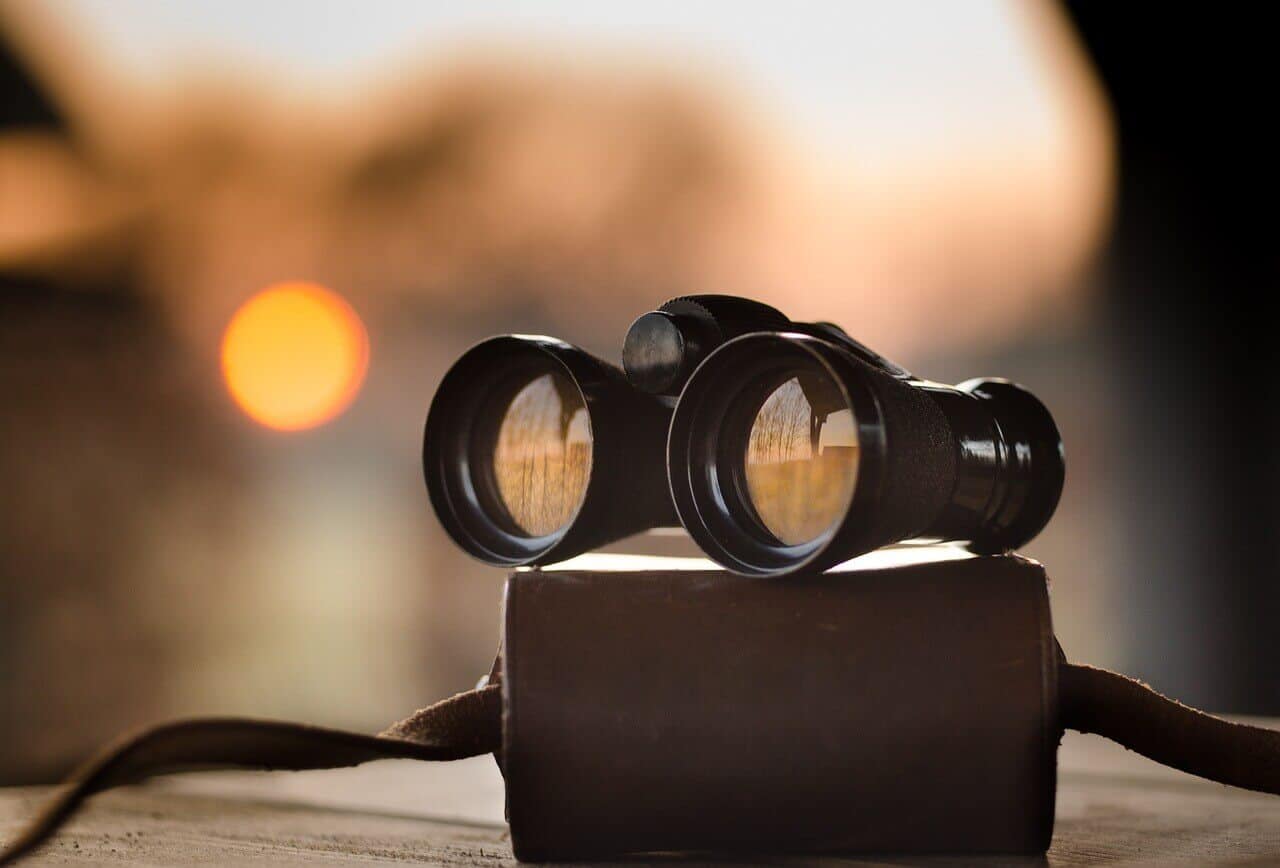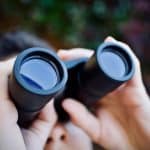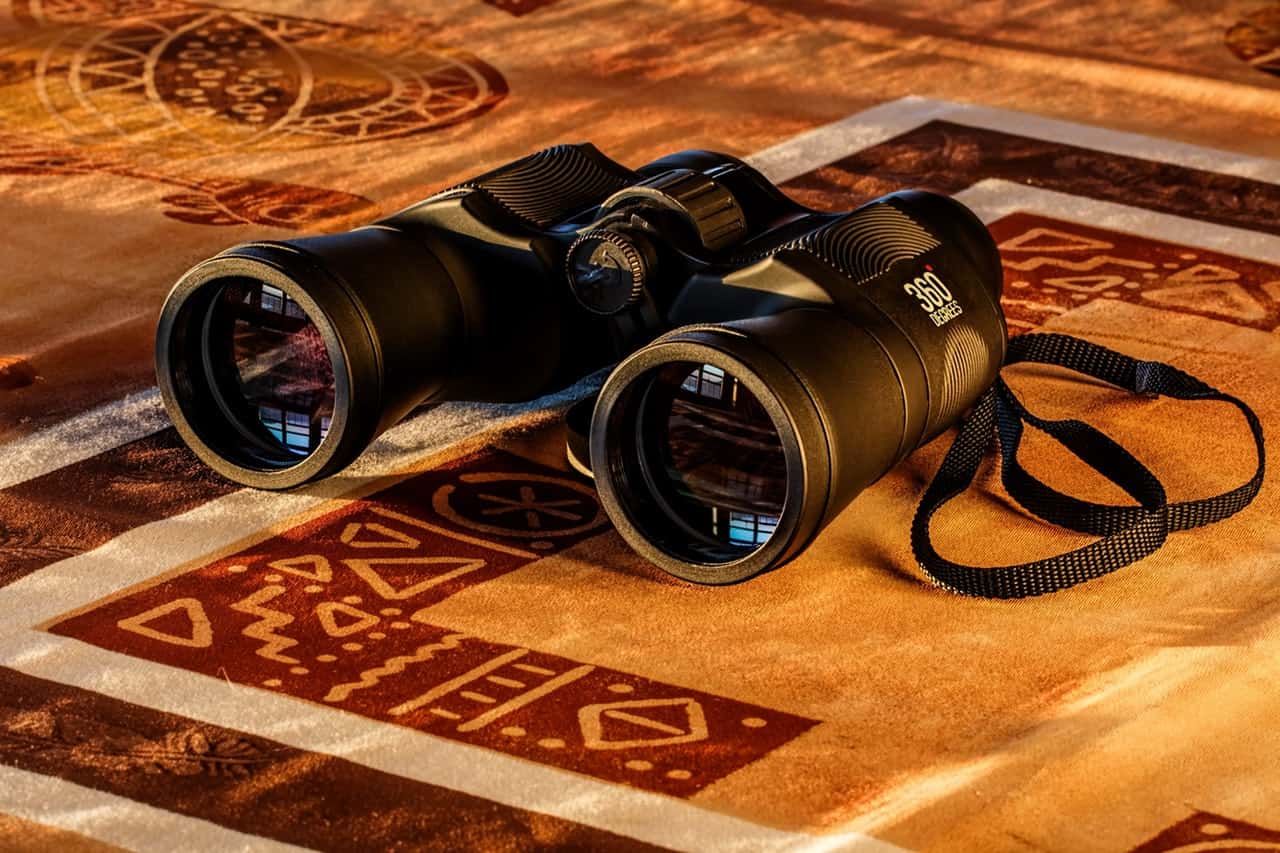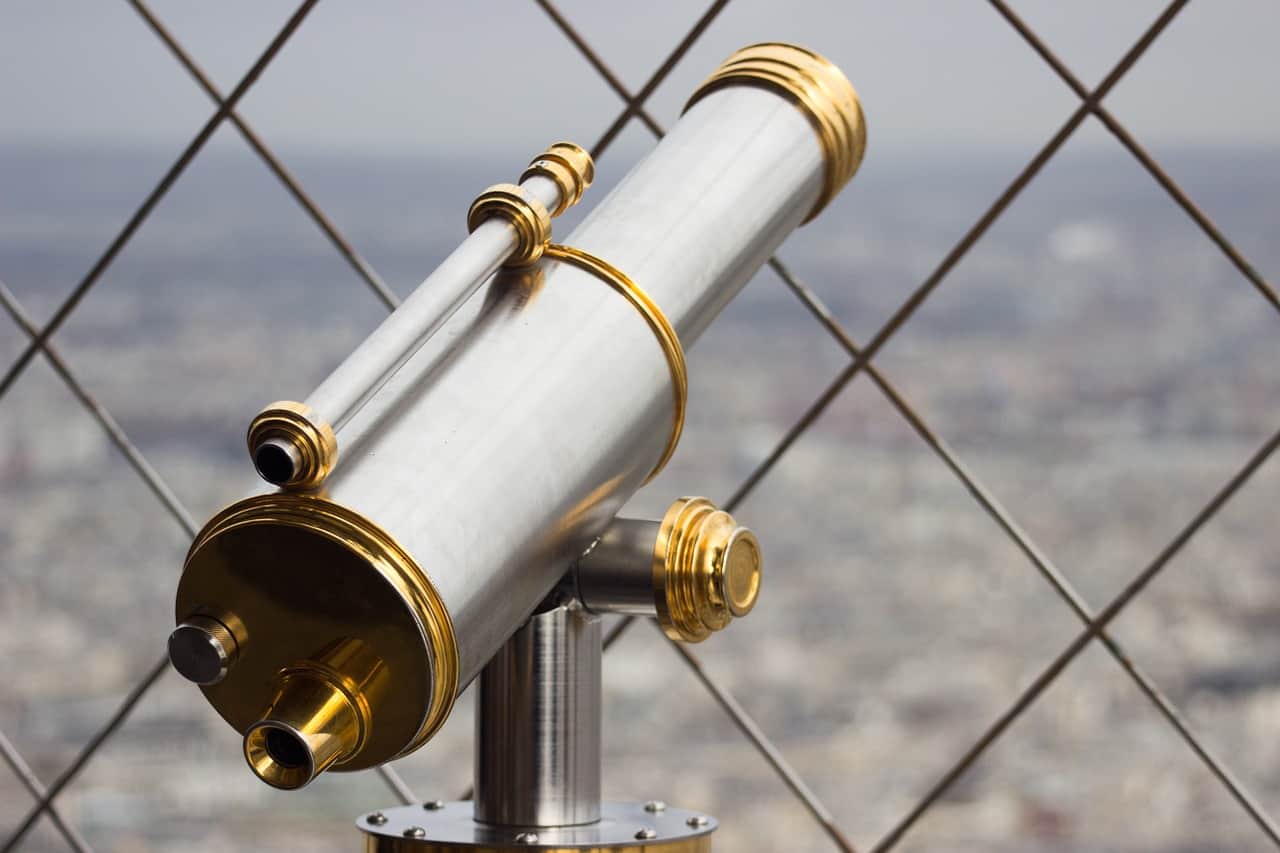Are you hearing all that buzz about HD binoculars but can’t wrap your head around their advantages? Well, how about we help you with that?
HD (high density) binoculars come with a special lens component that reduces chromatic aberration and produces crisper, clearer views. If you’re a birder, digiscoping lover, or sailor, paying a premium for high-quality views should be your very next move. But, if you’re a hunter or scouter who occasionally pulls out his bino to spot a trophy, you can pass on this upgrade to HD.
If you want to know what makes HD binos special (or not so special), we have listed down their central elements right here. So, enough with the formalities, let’s now check if your precious bucks should go to an HD bino or you’re better off!
Here are our top three HD binoculars recommendations;
Vortex Optics Razor HD binos
Vortex Optics Diamondback HD Binos
Vortex Optics Viper HD Binos
What’s all that hype about HD lenses?
HD binoculars are a hot topic in the glassers’ community, thanks to the manufacturers’ vigorous marketing campaigns. But whether or not you should spend a premium for enjoying that “HD” tag is a tough call. We don’t know if you’re a spendthrift who doesn’t mind upgrading his gear collection or someone on a budget. But what we do know is that understanding the important aspects of your binocular will set the path for you. Even if you don’t plan to purchase a pricy HD bino right away, knowing what’s in it will clarify your doubts.
Three major factors that set HD binos apart from others are their lenses, high-contrast views, and eye relief distance.
- High-density lenses
HD binoculars don’t have the standard lens glass that scatters light. Instead, these binos have specialized high-density lenses that prevent light scattering and minimize chromatic aberration.
When you’re in a high-contrast region, i.e. a mountain, where it’s difficult to pinpoint different shades, HD binos’ quality lenses ease this pursuit. Chromatic aberration is visible to everyone (including glasses wearers) in high-contrast situations, but the HD lens component minimizes it, ensuring you see sharp, crisp views.
HD binoculars’ CA-controlling mechanism is a savior for most glasses because it produces equally bright views throughout your optical path. You won’t struggle with blurred edges or that smudged circle that you often face in a standard binocular.
HD binoculars are perfect for unfavorable weather conditions where you don’t have much ambient light. Having a top-tier HD binocular means thunder, wind, rain, or dust won’t impact your views. Since the manufacturing process of HD lenses is a few companies’ specialty, it’s undoubtedly expensive and worth the money.
- High-contrast views
When your target object is hardly visible to the naked eye, it calls for a premium-quality binocular. But sadly, most standard binoculars fail your expectations in terrains like mountains, desserts, and thickets.
The solution to this problem is grabbing an HD binocular that doesn’t let the backdrop take away the limelight. With an HD binocular in hand, you can easily spot and hunt a deer trying to hide behind the rocks because their lenses are wired this way.
This little difference in the contrast makes big changes for passionate birders and Scouters (more on this later).
- Eye relief distance
When the objects across your field of view are free of chromatic aberration, you get to relax during the focusing process. You don’t have to stress while looking through the eyepieces because the objects are already well-differentiated. This little aspect makes a huge difference in your overall glassing comfort.
You can experiment with different objects, weather conditions, and terrains when you know that your eyes won’t get stressed during prolonged activity. Most glasses-wearing hunters and birders hate their binos’ eye relief distance because it makes them feel dizzy.
Luckily HD binoculars produce high-contrast views that take the stress factor off of your eyes, letting you stand comfortably and focus on the tiniest objects across your FOV
Also Read: Are Image Stabilization Binoculars Any Good? (+ Our Top 3 Picks)
So, do they make a difference in lowlight settings?
Yep, they do. Since wild animals relocate in lowlight conditions, it’s the most critical time for a hunter to do his job. However, doing that is a no-no with a binocular that lacks color fidelity. Contrarily, an HD binocular can help you with that.
Whether you’re out late or early morning, HD lenses will prevent light scattering from your field of view, making it brighter and easy-to-decipher.
But, be mindful that HD binoculars are not a substitute for night-vision devices. You’ll only notice a slight difference in the brightness when you switch from a standard binocular to an HD one, but don’t expect dramatic changes.
This improvement is because of HD binos’ lens glass components, which you don’t find in middle or lower tier gadgets.
Are HD binos equally good in different terrains?
The biggest perk of using HD binoculars is their amazing color rendition. You could be in a dessert and spotting your target won’t feel like a nerve-wracking task, all thanks to these high-density lenses.
But, there are a few terrains where HD binos perform even better. For example, an HD binocular is best for snowy regions. When you scout a broad snow-clad region, the standard binoculars produce blur edges and hard-to-distinguish colors.
But with an HD binocular, you’ll notice those slight differences in the shades. While scouting a buck in a cliff, your HD binocular will easily overcome those blurred edges.
HD binoculars help you spot difficult objects with less effort, making your glassing activities more comfortable.
Also Read: Vortex Razor UHD 18×56 Binoculars Review
Are HD binos useful for photo/videography?
Oh, you bet! If you’re interested in clicking some amazing pictures through your binocular, HD lenses will be a goldmine for you. An HD binocular offers incredible color rendition, making your digiscoping hobby easier.
These binoculars are known for their subtle detailing; something photography lovers long for. The smooth-edged visuals and high color contrast will support your digiscoping passion like a pro.
The blur-free edges and superb color contrast will help you click the most marvelous pictures, irrespective of your target region. Whether you’re a wildlife photographer or capture the natural landscape, an HD binocular will be your buddy nevertheless.
When you invest in a high-end binocular, it shows in your work. Professional photo/videographers should go for HD binocular without a second thought. But, if digiscoping is nothing more than a hobby for you, a regular binocular will suffice.
Which activities can get more enjoyable with HD binos?
Any of them, honestly. No matter you hunt, sail, watch birds, or look up to observe celestial bodies, advanced lenses always make the task more enjoyable.
But, that doesn’t mean you spend hundreds of extra bucks for a not-so-important activity. If you watch birds sitting on your garden’s feeder, you certainly don’t need a pair of HD lenses to enjoy that activity. On the other hand, catching wild birds’ glimpses is easier with HD binos; so it’s always a judgment call.
Let’s discuss a few glassing activities and see if they can get any better with HD binoculars:
- Birdwatching
As I mentioned earlier, HD binoculars are not-to-miss if you’re a passionate birdwatcher. With an HD binocular, you can observe every shade and pattern in your favorite bird without stressing your eyes. Another perk of using high-density lenses for birding is that it frees you from the worry of eye relief distance. Regardless of how close or far a bird is from you, your HD binocular will ensure you don’t struggle while focusing on it.
Read our Review of Vortex Kaibab HD 20×56 Binoculars
- Photography
HD binoculars prove to be worth every penny when you use them for photography/videography. Nothing beats the optical clarity and distortion-free views that these binos produce; so, show your love for digiscoping and level up to an HD pair.
- Hunting
Although hunters rarely depend on a binocular for clear aiming (since they have red dot sights for this job), having a high-quality bino can still make the odds turn in their favor. When you chase a fast-running animal, a red dot scope doesn’t suffice. You need a binocular with good magnification capacity because it helps you cover a broad region one go. But, that doesn’t mean you should pay a fortune to buy a hunting binocular. Your regular non-HD binocular will always come in handy for hunts, so we recommend you stick to it.
- Sailing
The main thing sailors seek in their binocular is stability and optical clarity. HD binos are undoubtedly great at visual performance, but their stability isn’t par-excellence. You’ll surely enjoy crisp views, but the absence of image-stabilization doesn’t make these binoculars worth it for sailors. So, if you’re a sailor, don’t jump on the bandwagon of HD. But if you need to upgrade your glassing gear to enjoy sailing to the fullest, opt for an image-stabilized binocular. (You can link an IS bino’s review here later, as they’re not live yet)
Conclusion
I’d conclude this in one line “On a budget? Don’t go for HD; Need more refined views? Go for it”.
Binoculars are mostly a one-time purchase, and you must weigh your preferred bino’s pros and cons before buying them.
HD lenses are no doubt exceptional, as they significantly reduce chromatic aberration and blur edges from your views. But if you’re expecting a stark difference between a standard binocular and an HD one’s imagery, you won’t be much impressed. HD binoculars refine your field of view’s detailing and produce crisp views that don’t stress your eyes, but nothing much beyond that.
So, if you’re okay with slightly blur edges and low-contrast views, save your money for something else. Otherwise, there’re a whole lot of HD binoculars waiting for you!

Binos enthusiast since I was 12 – A real expert in all things optics including rifle scopes and red dots. Live in Dubai & love writing, beaches and eating!






